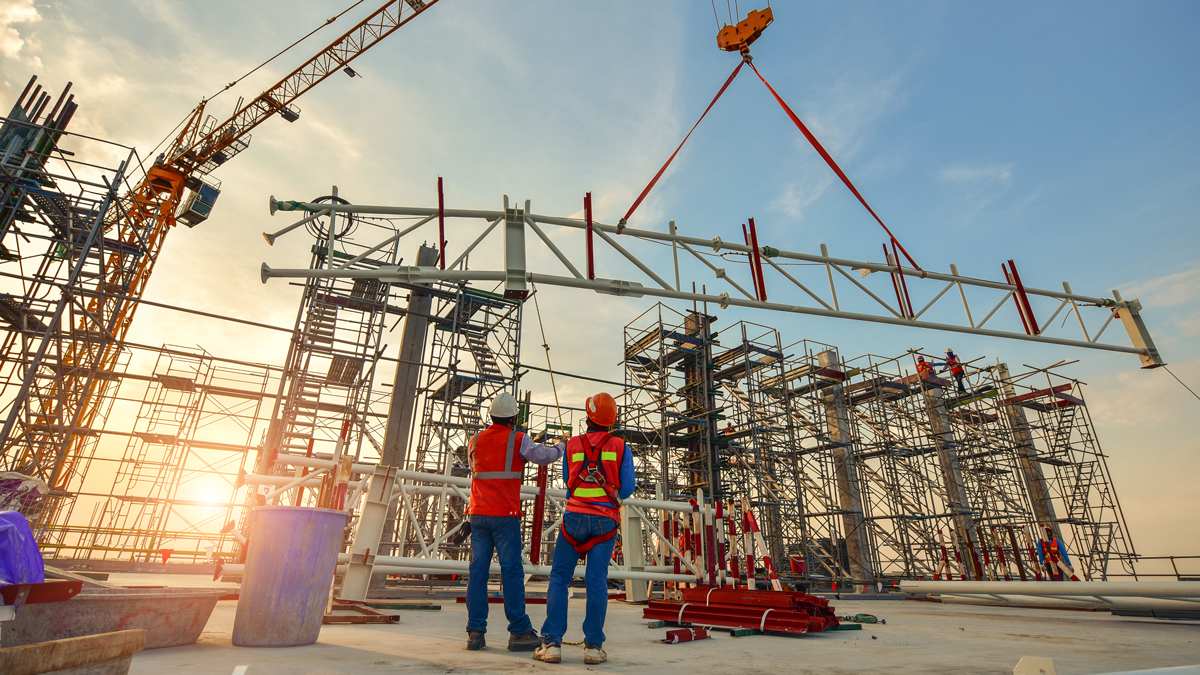Sadly, accidents are a part of everyday life; they occur all over the world for a host of different reasons. Injuries can be sustained whilst people are travelling, at play or at work. In America alone, over 30 million people are injured at work annually.
Research shows that 19 American employees died every year between 2013 and 2018 as a result of falling objects at work. The OSHA has recorded annual statistics for Americans injured by falling objects. They amount to 116 per day – that’s something harmful being dropped every ten minutes – and that’s only the number of recorded cases. These instances include people working beneath scaffolds and people pushing or pulling trolleys. When such an event occurs at work, who is liable? Let’s find out together right now.
Companies Without The Workers’ Compensation System
In these cases it is possible for someone to take out legal proceedings against their employer on the basis of negligence. The lawyers at trollingerlaw.com/personal-injury-lawyer/ say people can seek financial compensation for their medical costs, loss of income and pain and suffering. Attorneys can assist in such scenarios, and also with cases of workers’ compensation law which can be very complex by nature.
It can be highly beneficial for accident victims to harness the expertise of lawyers for a number of reasons. Experienced professionals will be familiar with such things as the Working At Height Regulations 2005, and other relevant legislation. Attorneys can help a person present their case in a way that maximises their chances of gaining a financial settlement.
Lawyers will know the supporting evidence that needs to be collated (e.g. medical reports, witness statements and professional workplace assessments etc.), and may also be familiar with the medical terminology. It can be especially valuable to have a legal advocate should the company deny responsibility for the accident. Should the case end up in court, the attorney will be the voice of the victim.
Companies With The Workers’ Compensation System
Any business that has adopted this form of insurance will be prepared to pay the victim a certain amount of money, should they become injured or disabled at work. (No payment would be due if the person was injured whilst not at work) The payment will include sick pay whilst they are on medical leave, and a contribution towards ‘reasonable medical care’. This may be insufficient to cover all the expenses involved, however. It’s important to understand that this system is not the same as disability insurance or unemployment benefits.
If the accident has resulted in death at work, a payment would be made to the family or the person’s dependents.
The establishment of blame or responsibility (either for the employer or the employee) does not apply in this scenario. The victim will be legally unable to take out an additional personal injury claim for compensation. In other words, employees who have agreed to the scheme cannot sue their employers for negligence. On the plus side, the system spares a person paying legal fees and having to go to court to seek a resolution, which can be a lengthy process.
The Responsibilities Of Employers
All managers have a duty of care for their staff. This is to ensure that only fully trained employees are used within the work environment. Staff should be fully aware of safe working practices. One example would be to never exceed your equipment’s lifting capacity. Regular supervision would need to be ongoing.
Not only should the workplace be a safe place to operate, but all equipment should be correctly maintained. This could range from conducting regular crane hoist inspections to checking individual items of machinery. Any repairs should be made immediately, or faulty equipment should be removed from use.
Regular safety audits should also be conducted, to identify possible risks and hazards. Attention should be given to stacking and movement processes. Protective equipment (e.g. hard hats, safety glasses, face shields and goggles) should be allocated as required, and dangerous areas should be cordoned off to staff. When scaffolding is being used, such things as toe boards and guardrails should be considered, alongside catching platforms and debris nets.
As we have seen, businesses using the Workers’ Compensation Scheme will be prepared to pay a limited sum to the victim, regardless of who was responsible. In the case of other companies, people can take out personal injury claims to seek financial compensation. There will always be instances where people have been personally irresponsible or careless, but when company negligence is involved, a financial settlement may be possible. It is always advisable to involve legal assistance in such cases.

